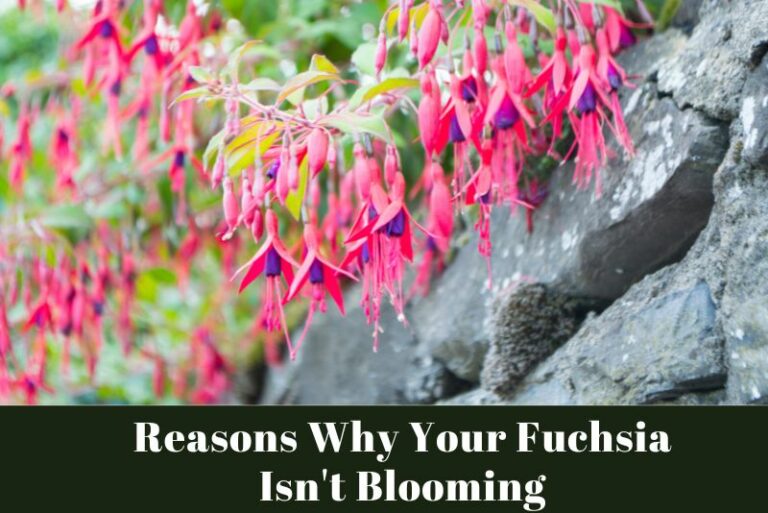How to Grow Epimediums: A Gardening Guide
For the plant-loving community, the epimedium stands out as a quiet, unassuming miracle. Commonly known as “bishop’s hat” or “barrenwort”, this genus of flowering plants is admired for its delicate beauty and is increasingly catching the eye of horticulture hobbyists. They’re resilient, adaptable, and offer a range of stunning flowers, making them worthy residents of any garden. In this comprehensive gardening guide, we will explore how to successfully cultivate and care for these enchanting perennials, ensuring that your epimediums become the highlight of your garden sanctuary, year after year.
Understanding Epimediums

Before you can grow an epimedium, you must get to know it. This section is for enthusiasts who are just getting started with these mesmerizing plants, shedding light on what makes them so special.
The Charm of Epimedium Plants
Epimediums are herbaceous perennials that belong to the family Berberidaceae. They’re native to Asia, Europe, and North America, effortlessly adapting to a variety of climates and conditions. Known for their ornamental and medicinal uses, epimediums offer much more than just visual appeal.
A Variety of Varieties
With over 60 species and numerous hybrids, epimedium plants provide a kaleidoscope of colors and forms. Some varieties produce sprays of tiny, enchanting blooms that resemble columbines or daffodils. Others offer subtle hues of violet, yellow, or white, further complementing the wide array of landscapes they can enhance.
Cultivation Requirements
Given their wide distribution, it’s no surprise that epimediums can be successfully grown in many hardiness zones. They’re quite forgiving, generally thriving in temperate conditions. However, there are specific habitats within these zones that make for ideal growing conditions, particularly concerning light and soil types.
Planting and Care Tips
This section is the heart of our guide, providing gardeners with the detailed know-how they need to cultivate thriving epimediums.
Finding the Right Spot
Epimediums have one unfaltering preference: dappled shade. This makes them perfect for woodland gardens or beneath taller plants that can filter sunlight. Make sure to provide them with this ideal lighting, which mimics their native forest environments. Additionally, they prefer rich, well-draining soil with moderate moisture.
Soil Preparation and Planting
The key to a successful epimedium bed is the soil preparation. Start by incorporating plenty of organic matter, such as compost or peat moss, to ensure your soil remains moist but not waterlogged. Planting depth is also critical; the crown of the plant should be level with the soil surface.
Watering Wisdom
During the growing season, ensure that your epimediums receive consistent moisture. However, they do not tolerate wet feet, so it’s essential to have good drainage in place. Mulching can help retain moisture and keep the roots cool.
Fertilizing for Growth
A balanced, slow-release fertilizer in the spring will support the emergence of new growth. For rich blooms, a low-nitrogen, high-phosphorous blend is best, applied sparingly at the beginning of the season, then about a month later.
Pruning Practices
Pruning is minimal with epimediums, but it’s important. In late winter, remove the previous year’s foliage to make way for new growth. This not only keeps the plant looking tidy but also prevents disease and can stimulate better flowering.
Common Issues and Troubleshooting
Every gardener knows that a plant’s health can be its own masterpiece. Here, we’ll explore the potential problems with growing epimediums and how to address them effectively.
Guarding Against Pests
Although generally pest-resistant, there are a few creatures that occasionally find epimediums a bit too palatable. Look out for slugs, snails, and deer, especially on young or tender growth. Physical barriers and organic deterrents are often the best line of defense.
Defeating Diseases
The most common diseases that can afflict epimediums are fungal in nature. Preventative measures, like keeping foliage dry and providing adequate air circulation, are your best bet. If an infection occurs, it’s essential to act quickly with appropriate fungicides or other treatments.
Maintaining Plant Health
Regular checks for pests and diseases are a must. Epimediums have a self-contained cleaning system, as they usually shed their own leaves. Ensuring a clean growing environment and monitoring for signs of health issues can make all the difference.
Seasonal Care and Maintenance
The lifecycle of an epimedium is a story told in seasons. This section will guide you through the specific care your plants need as the year progresses.
Spring Awakening
In the spring, as new growth begins, you can assess any winter damage and prune accordingly. This is also the time for your first feeding and a light topdressing of compost.
Sizzling Summer Needs
Summer is a time for growth, but it can also be a season of stress if temperatures soar. Keep your epimediums watered, and if necessary, provide some temporary shade to protect them during the hottest part of the day.
The Chilly Challenge of Winter
Epimediums are quite hardy, but a protective layer of mulch can be beneficial for the coldest months. This should be applied after the ground has frozen to maintain a consistent temperature and preserve moisture.
A Bountiful Fall
In the fall, as your epimediums prepare for dormancy, reduce watering and monitor them for any signs of overgrowth or disease. This is also an excellent time to step back and admire the bounty of your care.
Conclusion
Cultivating epimediums is a delightful challenge that rewards you with a garden filled with unique beauty. Each plant is a living piece of art and a testament to the care and effort you’ve put into its nurturing. By following the guidelines in this gardening guide, you’re well on your way to becoming an epimedium aficionado. Keep growing, keep learning, and above all, enjoy the process of bringing these resilient and remarkable plants to life.






